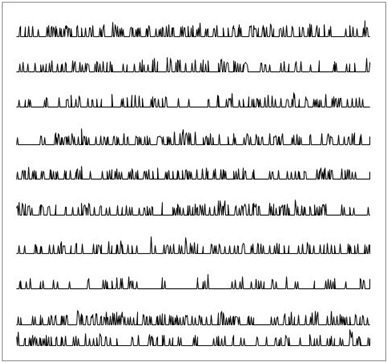| Description: | The earthquake classification problem involves predicting whether a
major event is about to occur based on the most recent readings in
the surrounding area. The data is taken from Northern California
Earthquake Data Center and each data is an averaged
reading for one hour, with the first reading taken on Dec 1st 1967,
the last in 2003. We transform this single time series into a
classification problem by first defining a major event as any
reading of over 5 on the Rictor scale. Major events are often
followed by aftershocks. The physics of these are well understood
and their detection is not the objective of this exercise. Hence we
consider a positive case to be one where a major event is not
preceded by another major event for at least 512 hours. To
construct a negative case, we consider instances where there is a
reading below 4 (to avoid blurring of the boundaries between major
and non major events) that is preceded by at least 20 readings in
the previous 512 hours that are non-zero (to avoid trivial negative
cases). None of the cases overlap in time (i.e. we perform a
segmentation rather than use a sliding window). Of the 86,066
hourly readings, we produce 368 negative cases and 93 positive.
|
